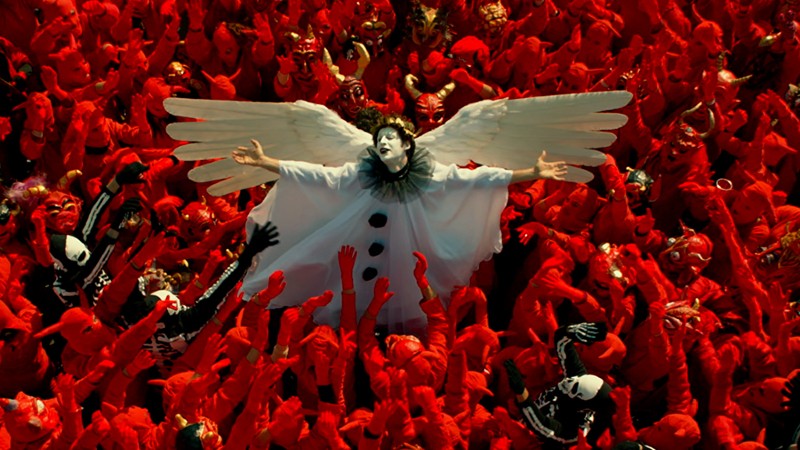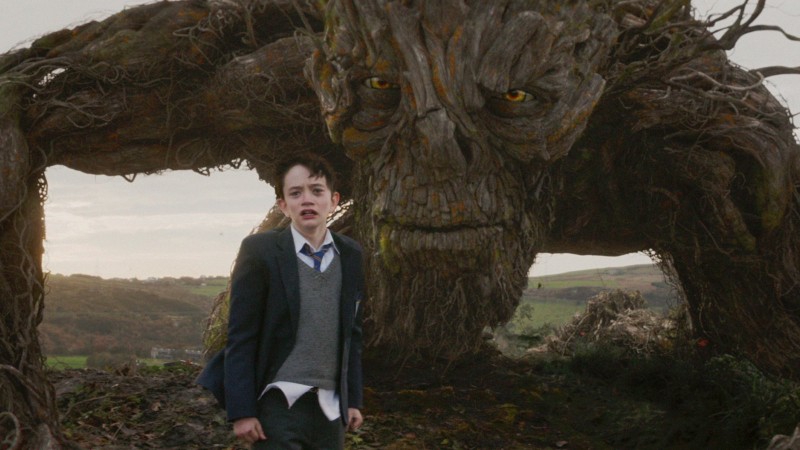This Friday two first ladies step out of the White House, and both will be remembered for very different reasons. Michelle as an outspoken, charming and extremely affable first lady, beautifully wrapping up her husband’s second term. Jackie will be remembered as the shy and reserved widow, who had to bear the brunt of her husband’s murder less than three years into his first term. They also have something in common: they are both departing from White House for very tragic reasons, leaving the world in shock and despair.
The long-awaited biopic of Jacqueline Kennedy (Onassis) – played by Natalie Portman – is not quite a biopic, but an intense deep-dive into the most dramatic days of her life, from JFK’s infamous assassination to his funeral procession just three days later. It is interspersed with conversations with the journalist Theodore H. White (Billy Crudup) from Life Magazine a few days later, as he turns up at the Kennedy home in Massachusetts. Such narrow focus allows for dramatic profundity, and Portman’s performance is certain to impress you.
At times, Jackie comes across as a chain-smoking clueless bimbo aware of her intellectual limitations and grappling with fame. When asked about her affinity with the arts, she replies: “oh, that’s so complicated. I don’t know. We just get the best of everything!” (her daughter Caroline seemed to inherent her genes, as she demonstrated during a 2008 interview). At other times, she comes across confident and resolute: she confronts Bobby Kennedy (Peter Sarsgaard) and government officials with her decision to walk alongside her husband’s casket during the funeral procession, despite the security risks. She is teary and nostalgic as she touches the furniture, walks the corridors and dramatically packs her suitcase upon leaving the White House, just like Grace Garbo in Anna Karenina (Clarence Brown, 1935). Portman conveys deep and credible emotions.
Jackie is an effective political drama, but it’s also an unlikely addition to Pablo Larraín’s film portfolio. Not only it is the Chilean director’s first English-language feature, but it’s also an abrupt departure from his previous (and yet to be released) Neruda in at least two ways. Firstly, Neruda is partly imagined: one of the leads is a fictitious character, and so film ends as a lyrical allegory of the life of a writer/politician (the famous Chilen poet was also a senator for the communist party). Jackie, on the other hand, endeavours to recreate an accurate picture of the week that shook the US. Secondly, the films couldn’t be more distinct from an ideological perspective: Neruda celebrates a communist, while Jackie celebrates the communist-hunters. At one point, Jackie regrets: “my husband didn’t even have the time to finish off communists”.
Making convincing political dramas from very different ideological POVs is not a problem. Quite the opposite: it demonstrates that the director is a deft storyteller. Larraín is indeed extremely skilled at picking his actors, recreating past environments and putting together a cogent narrative. The problem with Jackie is that his subversive hand is missing: the clever use of silence of The Club (2016), the imaginative allegories of Neruda (2016), or the controversial subject matter of No (2012). Jackie is an immaculate and technologically accomplished film, and you wouldn’t expect any less from such an important biopic being released at such an important time. Larraín simply stuck to more conventional and formulaic Hollywood storytelling, and he never went the extra mile. In other words, Jackie is neither a blemish nor the best piece on Larraín’s bodywork. But it will almost certainly become his most commercially successful film to date.
Jackie is a magnificent movie so far as quality is concerned. It recreates the glory of the JKF era, in all of its romantic, pompous and iconic grandiosity. But it’s also celebration of a very dangerous establishment – particularly given the circumstances right now. The timing of the film couldn’t be worse. But neither is the filmmaker nor anyone else involved in the movie to blame for that. Like everyone else in the world, they probably never imagined that the US would choose someone as dysfunctional and unpredictable as Donald Trump to inhabit the same residence as the Kennedys.
Jackie is out in cinemas this Friday January 20th, and you can check the film trailer below before heading to the cinema:
…
Below are our related pieces of interest:
- our review of Pablo Larraín’s Neruda (2016);
- our review of Pablo Larraín’s outstanding The Club (2016);
- our review of Pablo Larraín’s classic No (2012); and
- Our exclusive interview with Pablo Larraín.























